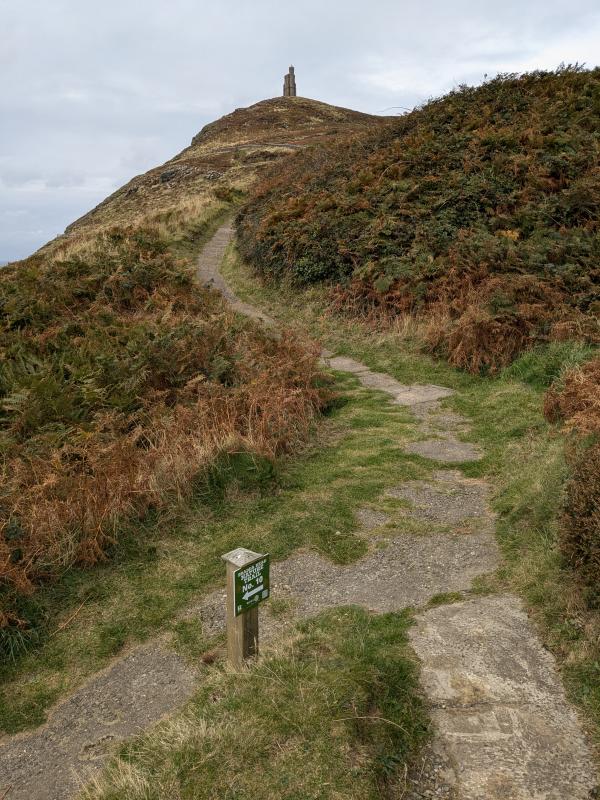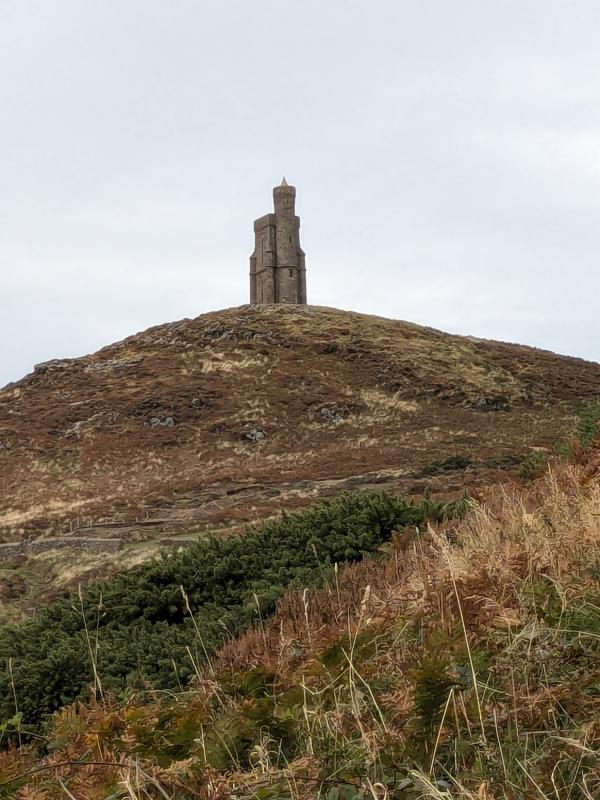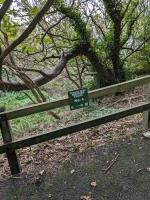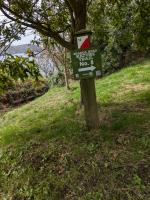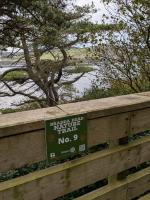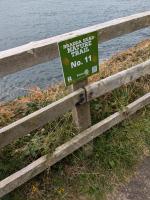Bradda Head Nature Trail - Information Point Number 10
Information Point Number 10 (Approximately 305 paces)
Here, turn down to meet the path along the cliff (although you can continue to either Milner’s Tower or the Bradda Head mines viewpoint).
As you go along the path you may notice a typical mixture of heath plants. Those of cliffs, such as Thrift and Sea-Campion mixing with Heather and Gorse. Notice that where erosion has occurred on the bank, mosses first become established, then deep-rooted plants spread inwards from the sides, until the area is again stable and shallow-rooted plants can then find a hold.
Lichens are plentiful on the exposed rocks, as T.E. Brown observed. The commoner species include: Ramalina siliquosa
Cetrara glauca
Usnea subfloridana
Xanthora parietina
R. subfarinosa
Hypogymnia physodes - on heather
Bright yellow lichen – Maritime Sunburst
Small sage green fronds – Sea Ivory
Lizards can sometimes be seen on the rocks and paths.
Now go to Information Point Number 11 (Approximately 220 paces)
Related pages...
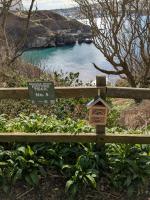
Can You Find the Bug Hotels?
more No, it's not the Fairies, but Rotary members who have installed 12 bug hotels along the nature trail in March 2025, as part of the refurbishment of the Bradda Glen Nature Trail in Port Erin. #PeopleofAction

Welcome to Bradda Head Nature Trail
more Originally created by the Rotary Club of Rushen & Western Mann as one its first community projects in 1973, the Club in partnership with the Rushen Heritage Trust has refurbished the trail in 2024
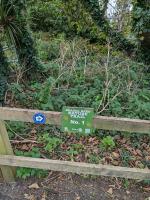
Bradda Head Nature Trail - Information Point Number 1
more Is at the Arch above the entrance to Bradda Glen
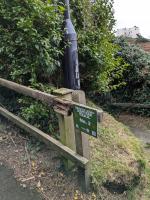
Bradda Head Nature Trail - Information Point Number 2
more Where the main path is joined by the coastal path
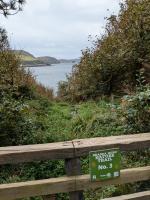
Bradda Head Nature Trail - Information Point Number 3
more At the bridge over the small stream
back to page above this...

Bradda Head Nature Trail
back Originally created by the Rotary Club of Rushen & Western Mann as one its first community projects in 1973, the Club in partnership with the Rushen Heritage Trust has refurbished the trail in 2024.

